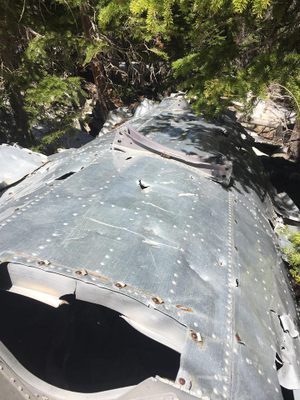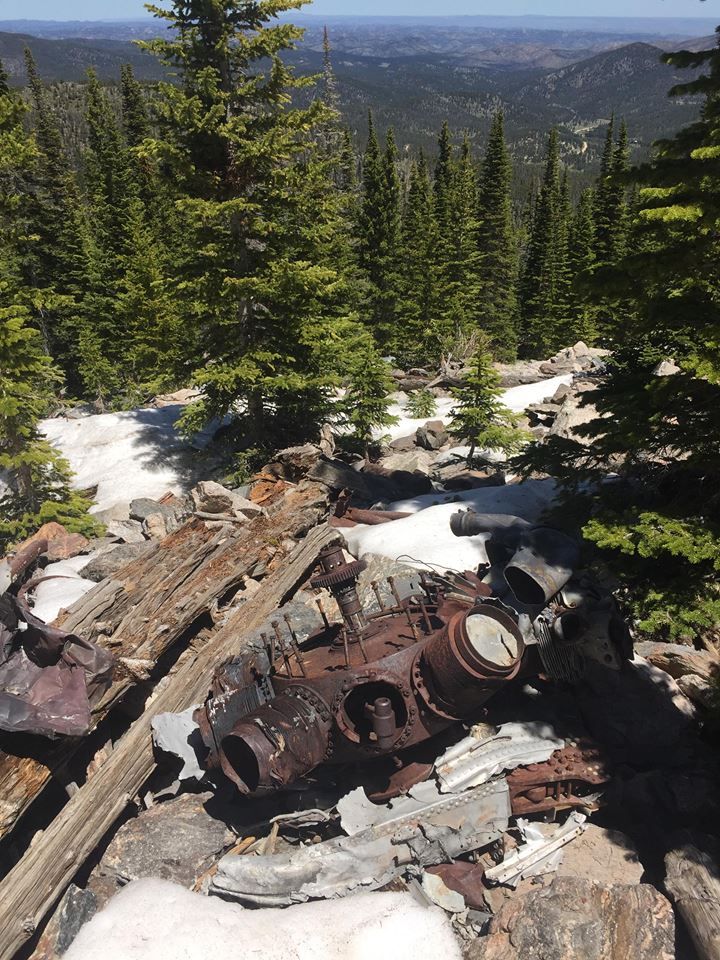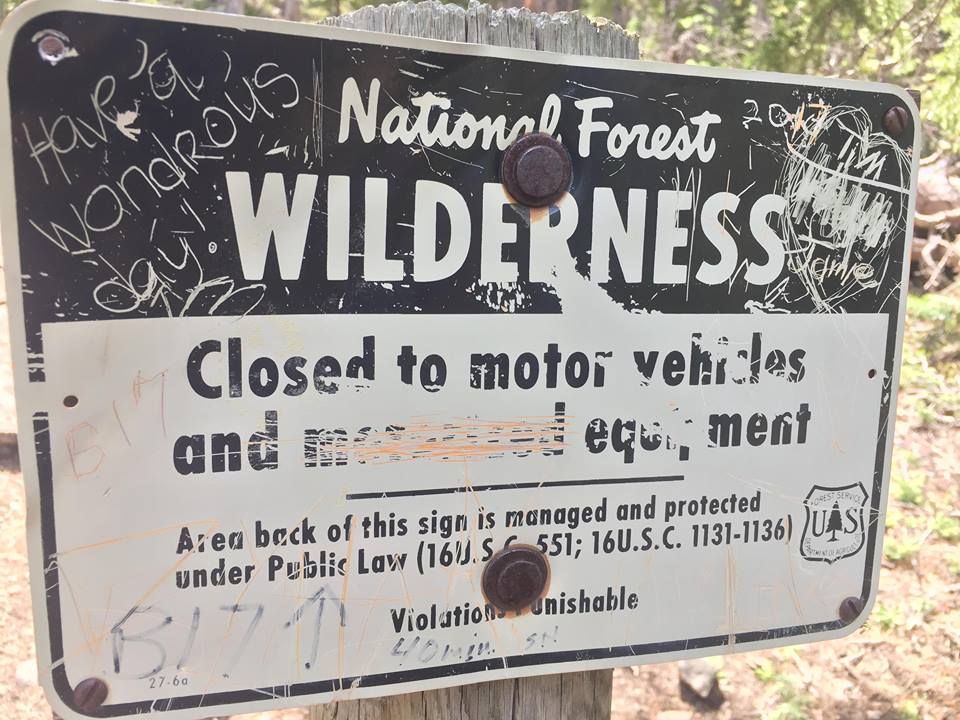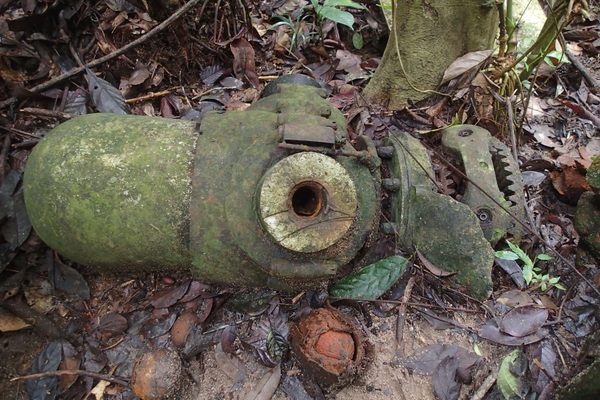About
A moderate six-mile hike through the National Forest leads to a fascinating array of wreckage from a World War II-era B-17 bomber. Among a handful of other crash sites in Colorado, this one stands out for how well-preserved the pieces are, as well as the scavenger hunt of trail directions to get to the site.
On June 13, 1944, a B-17 bomber left its base in Rapid City, South Dakota, on a training flight. While the exact conditions causing the crash are not known, the area of northern Colorado where the wreck is located is notorious for challenging wind and weather patterns, and it was not uncommon at the time for young and inexperienced pilots to face these conditions.
The plane crashed into the mountainside, killing four out of the 10 men on board. While cleanup crews removed the plane's fuselage and guns after the crash, a wide variety of engine and body pieces still remain, more than 70 years later. The debris ranges from nearly full engines to large sections of the wings.
The hike begins at the Flowers Trail trailhead inside the Jack’s Gulch campground, on Pingree Park Road. If Flowers Road is accessible you will be able to drive up the trailhead at the end of the road with a high clearance vehicle, otherwise, you will have to hike the old road into the trailhead. By following clues along the trail, and small green "B-17" tags marking the trees, you will eventually come across the wreckage site.
The hike ends where the trail approaches a steep slope of boulders and a clearing in the forest where you will see the debris. Have extreme caution on the boulder field, as jagged metal and rocks can cause injuries.
Related Tags
Know Before You Go
Parking is free at the Flowers Trailhead. It is advised that hikers print out a detailed description of this hike and maps before embarking on their trip. The trail is well-worn but does not appear on many forest service maps. Also note that there is another, lesser wreck in the area often described as the "Crown Point B-17 site," but is actually the Pingree Park crash, accessed from the CSU Research Station farther up the road.
Community Contributors
Added By
Published
June 1, 2018






























